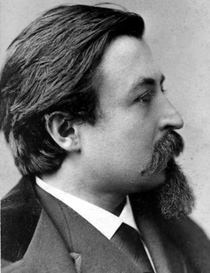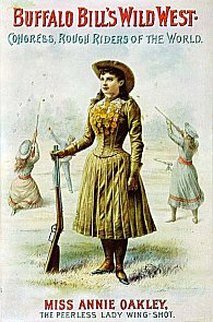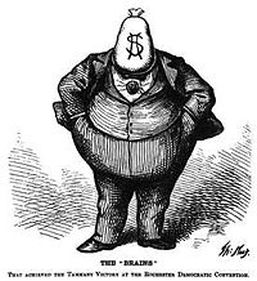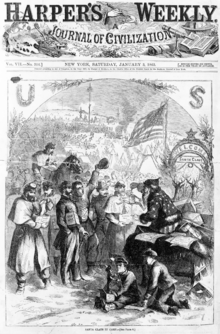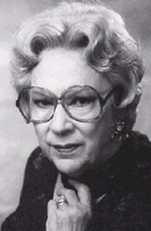-- New Jersey Biographies N-R
|
|
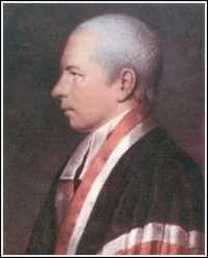 Paterson shown in judicial robe as Supreme Court justice. Image: Wikimedia Commons Paterson shown in judicial robe as Supreme Court justice. Image: Wikimedia Commons
William Paterson 1745-1806 Governor, US senator, first New Jersey attorney general and justice of US Supreme Court. Born in Ireland, at two years old family emigrated to America, first to Delaware, eventually settled in Princeton in 1750, where father became successful merchant and maker of tin goods. Graduated from College of New Jersey (later Princeton) with B.A. in 1763 and M.A. in 1769. Studied law in Princeton as apprentice under Richard Stockton, later began practice in Hunterdon County and in 1779 relocated to Raritan estate near New Brunswick. When Revolutionary War broke out, served in New Jersey provincial congress (1775-76), constitutional convention (1776), legislative council (1776-77), and council of safety (1777). During 1777, also held a militia commission. First attorney general of new state of New Jersey 1776 to 1783, declined election to Continental Congress in 1780. Returned to private law practice 1783-1787 in New Brunswick, then chosen to represent New Jersey at 1787 Constitutional Convention. At Convention co-authored and spoke in behalf of New Jersey (or Paterson) Plan, which asserted rights of small states in composition of federal legislature, compromise provided for equal representation of states in Senate. Signed final document and supported its ratification in New Jersey. Elected 1789 as member of new Senate, played key role in drafting Judiciary Act of 1789. Resigned seat when elected 1790 as governor, served until 1793, also began drafting volume published in 1800 as Laws of the State of New Jersey. In 1793, nominated by President Washington as associate justice of US Supreme Court, while still serving as justice died at age 60 at Albany home of daughter, whose husband was member of wealthy Van Rensselaer family. City of Paterson and William Paterson University named in his honor. * William Paterson Papers, William Paterson University |
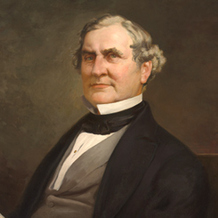 Image: US House of Representatives Image: US House of Representatives
William Pennington
1796-1862 Son of William Sandford Pennington, who served as governor 1813-15 as member of Jeffersonian Republican Party. Family first settled in America by Ephraim Pennington, originally in Connecticut around 1643, son one of first settlers of Newark in 1667. William born in Newark, where father was federal judge of district and circuit courts after leaving office as governor. Graduated from College of New Jersey (now Princeton) in 1813. Studied law with Theodore Frelinghuysen, admitted to bar in 1817 and served as a clerk of federal court where father was a judge from 1817 to 1826. Elected as member of Whig Party to General Assembly in 1828, and then elected governor annually from 1837 to 1843. Tenure as governor marked by creation of schools for deaf and blind; state insane asylum; and statewide school legislation. First governor to oppose influence of Camden & Amboy railroad and canal monopoly, but stance led to its support of Democrats who defeated Pennington and other Whigs in 1843 election. Also played key role in controversy over 1838 disputed Congressional election results in which he certified victories by five Whig candidates over Democratic opponents, decision later reversed in party-line vote by House of Representatives. After declining appointment by President Millard Fillmore as governor of Minnesota Territory, elected in 1858 as member of new Republican Party to US House of Representatives. In highly unusual action, then elected soon after taking seat as Speaker by fellow House members to resolve two-month deadlock over other candidates, considered as more moderate on slavery issue than more radical Republicans. As Speaker, unsuccessfully attempted to develop compromises between pro- and anti-slavery factions to avoid secession. Defeated for re-election to a second term in 1860 after moderate Democrats ended support for Republicans, becoming first sitting Speaker to lose re-election to House seat. Died in Newark, interred at Mount Pleasant Cemetery. * Speaker of the House William Pennington of New Jersey, US House of Representatives * "William Pennington," in The Governors of New Jersey: Biographical Essays by Michael Birkner, Donald Linky and Peter Mickulas, eds. (2014) |
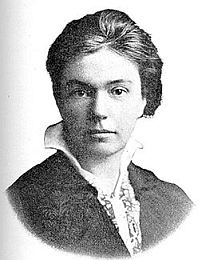 Image: New Jersey Women's History Image: New Jersey Women's History
Mary Philbrook
1872-1958 First woman admitted to bar as lawyer in New Jersey and first woman admitted to practice before US Supreme Court. Lacked college or law school degrees, but insisted that state law providing that any citizen, after reading law in office of an attorney, could apply and be admitted. Overcame opposition by New Jersey Supreme Court which rejected her petition in 1894 on ground that no other woman had ever sought admission, but later admitted in next year with support from New Jersey Woman Suffrage Association and state legislature enacting law to allow women to practice. Began practice at firm in Jersey City, eventually opened own office. Spoke frequently to groups about women’s legal rights, campaigned with Mabel Smith Douglass for establishment of New Jersey College for Women in New Brunswick, later to become women's college of Rutgers University. Relocated her practice 1902 to Newark, organized first statewide Legal Aid Association. In 1906, became first woman admitted to practice before US Supreme Court. As member of National Woman's Party, advocate for women's suffrage approved in 1920, other causes included campaign against forced prostitution, enactment of child labor reforms, creation of separate juvenile courts and extension of probation, also took abandoned children into home until adequate placements could be obtained. A leader of movement to establish separate state reformatory for women which later opened 1910 in Clinton. At 1947 state Constitutional Convention when 75 years old, formed coalition of women’s groups to lobby for equal rights provision in new constitution, change from word “he” to “person” cited in 1979 by state Supreme Court in holding that sex discrimination constitutionally prohibited in state. Mary Philbrook Public Interest Awards presented annually by Rutgers Law School, Women's Law Caucus and other groups recognizing those who work for public interest causes. * Mary Philbrook History, Rutgers Law School * Mary Philbrook: The Radical Feminist in New Jersey by Barbara Petrick (1981) 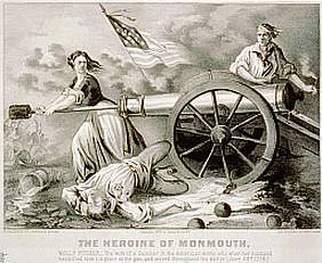 Print by Currier & Ives published in 1876 shows Molly Pitcher using rammer on cannon during the Battle of Monmouth. Her husband lies at her feet and a soldier prepares to light the fuse. In the background, the American flag. Image: Library of Congress Print by Currier & Ives published in 1876 shows Molly Pitcher using rammer on cannon during the Battle of Monmouth. Her husband lies at her feet and a soldier prepares to light the fuse. In the background, the American flag. Image: Library of Congress
Molly Pitcher (Mary Ludwig Hays)
1744-1832 Dubbed "Molly Pitcher" for actions in bringing water to troops at Battle of Monmouth in Freehold on June 28, 1778, also reportedly took over cannon after husband collapsed or wounded by British gunfire. Battle took place during intense heat, accounts that some 50 soldiers died of thirst, she carried water from nearby spring to soldiers and cared for wounded. Born as Mary Ludwig, daughter of German settler, a butcher in Philadelphia. As girl, worked as domestic servant, married William Hays in 1769, who enlisted in Continental Army in 1777. Followed husband's regiment, as was custom at time, nursing wounded and sick and helping in cooking and washing. Acts of heroism at Battle of Monmouth earned her sergeant’s commission, given by General Nathaniel Greene or, by some accounts, George Washington himself. After end of war and following death of husband, lived for many years at army barracks in Carlisle, Pennsylvania, cooking and washing for soldiers. Remarried a war veteran named John McCauley and later worked as a domestic in Pennsylvania State House in Carlisle. In 1822, Pennsylvania legislature awarded her lifetime pension of $40 annually. Upon death, buried in Carlisle cemetery with military honors including company of soldiers firing salute. On July 4, 1876--100th anniversary of Declaration of Independence--citizens of Carlisle erected white marble monument over her grave with poem and inscription to “Molly Pitcher, the heroine of Monmouth.” In 1928, honored on US postage stamp; in World War II Liberty ship SS Molly Pitcher launched in 1943; US Route 11 between Shippensburg and Chambersburg, Pennsylvania known as Molly Pitcher Highway; and Molly Pitcher Inn in Red Bank bears her name. * They Called Her Molly Pitcher by Anne Rockwell (2006) * Monmouth Court House: The Battle that Made the American Army by Joseph G. Bilby (2010) * Monmouth Courthouse 1778: The Last Great Battle In The North by Brendan Morrissey (2004) 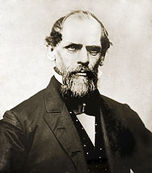 Image: Brooklyn Museum/Wikimedia Commons Image: Brooklyn Museum/Wikimedia Commons
John A. Roebling
1806-1869 Native of Prussia where trained as engineer, emigrated in 1831, first to Saxonburg in Pennsylvania, set up shop making wire rope, which soon proved superior to hemp in hauling barges and railroad cars along canals. Subsequently designed suspension bridges with cables made from many parallel wires wrapped tightly together, won bid to in 1845 to build suspension bridge over Monongahela River at Pittsburgh. In 1848 relocated business and residence to Trenton and built large industrial complex for manufacturing wire. Civil War suspended most of work, but in 1867 completed bridge over Ohio River at Cincinnati, world's longest suspension bridge at time and later named John A. Roebling Suspension Bridge. |
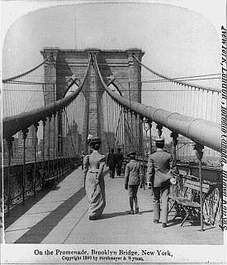 Image: Library of Congress Image: Library of Congress
In 1867 started design work on what is now Brooklyn Bridge connecting Manhattan and Brooklyn over East River, named chief engineer and company awarded contract for supplying cable. While standing on dock assessing location of bridge, foot crushed by an arriving ferry, toes later amputated, but after contracting tetanus and lockjaw succumbed 24 days after being injured. Son Washington Roebling and daughter-in-law Emily Warren Roebling continued his work on Brooklyn Bridge, with Emily assuming on-site supervision after husband disabled by accident at bridge in which he contracted nitrogen narcosis ("the bends"); upon completion in 1883, Emily honored by being first to cross bridge by carriage. Son Ferdinand expanded wire rope business; son Charles Roebling invented huge 80 ton wire rope machine and founded company town of Roebling south of Trenton where steel mill and worker housing were built; son Washington A. Roebling II perished on Titanic. Buried in Riverview Cemetery in Trenton.
* Roebling Museum * Roebling and the Brooklyn Bridge, Library of Congress |
|
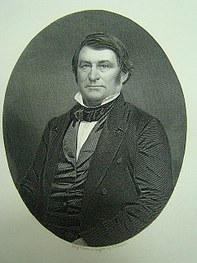 Image: Friends of Cedar Lawn Cemetery Image: Friends of Cedar Lawn Cemetery
Thomas Rogers
1792-1856 Born in Connecticut, descendant of Thomas Rogers, one of pilgrims on "Mayflower." At age 16 apprenticed as carpenter, also learned metal fabrication as blacksmith. Relocated to Paterson in 1812, joined army during War of 1812, subsequently formed business as a builder and in 1821, with partner Abram Godwin, established Godwin, Rogers & Co. cotton mill, as well as building looms and machinery for spinning and other uses. In 1832, with partners Morris Ketchum and Jasper Grosvenor, founded Rogers, Ketchum and Grosvenor, manufactured textile looms, agricultural machinery and parts used by railroads such as axles and springs. Also supplied iron-work for Passaic and Hackensack railroad bridges and sets of wheels and axles for South Carolina Railroad. Manufactured first locomotive, the "Sandusky," which made its first trial round trip from Jersey City to New Brunswick on October 6, 1837. 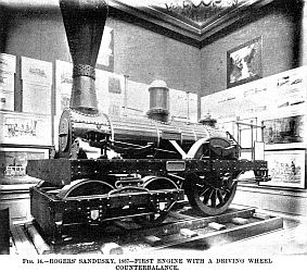 Image: Scientific American, CatskillArchive.com Image: Scientific American, CatskillArchive.com
Rogers remained president until death in 1856 when son Jacob succeeded him and reorganized and renamed company as Rogers Locomotive and Machine Works Company. Built over 6,000 steam locomotives for railroads around world through end of century. Best-known the "General" hijacked during Civil War in April 1862 on its regular run from Atlanta to Chattanooga and subject of chase after seizure in raid led by civilian spy James Andrews and Union soldiers in attempt to destroy railroad line and bridges, with Andrews and seven soldiers later hung by Confederates, with both executed and surviving soldiers among first to receive Medal of Honor. Remained independent company until purchase by larger firm in 1905, which ended locomotive production in Paterson in 1913. Buried in Cedar Lawn Cemetery in Paterson.
* Thomas Rogers, Friends of Cedar Lawn Cemetery * Rogers Locomotive Works, Paterson Friends of the Great Falls * "The Evolution of the American Locomotive," Herbert T. Walker, Scientific American, May 8, 1897 |
